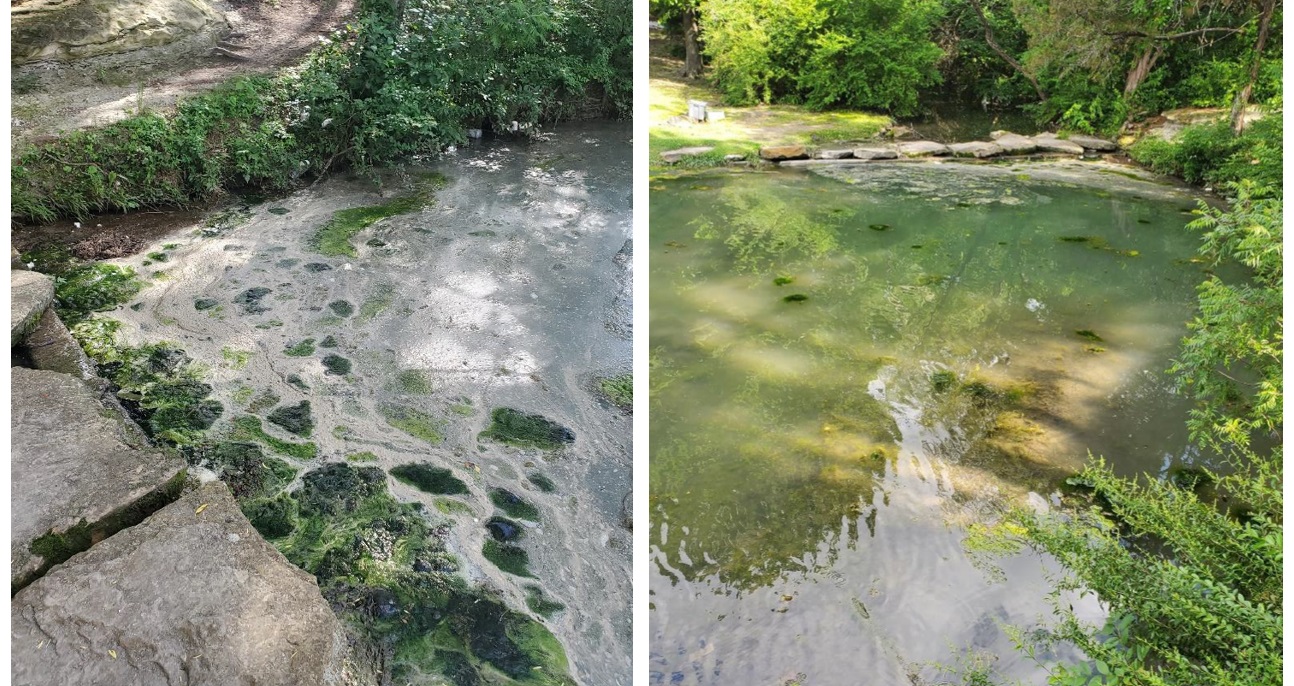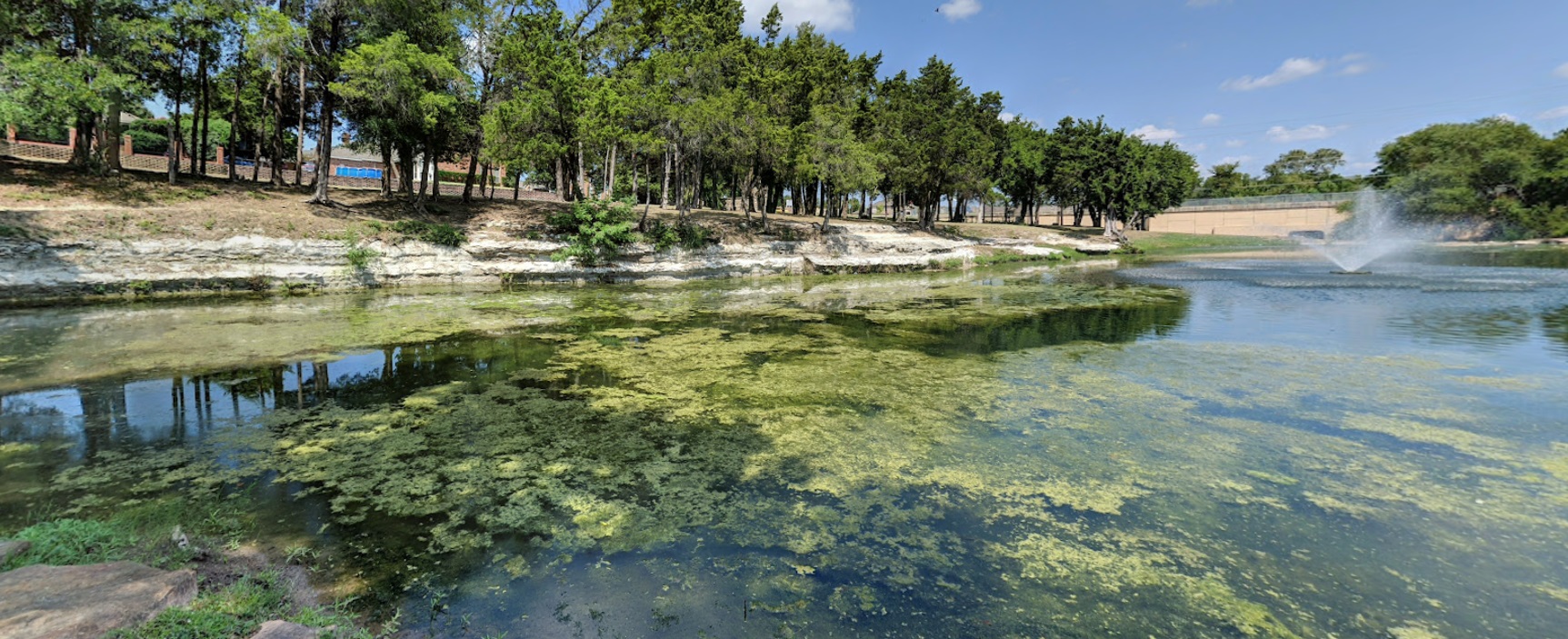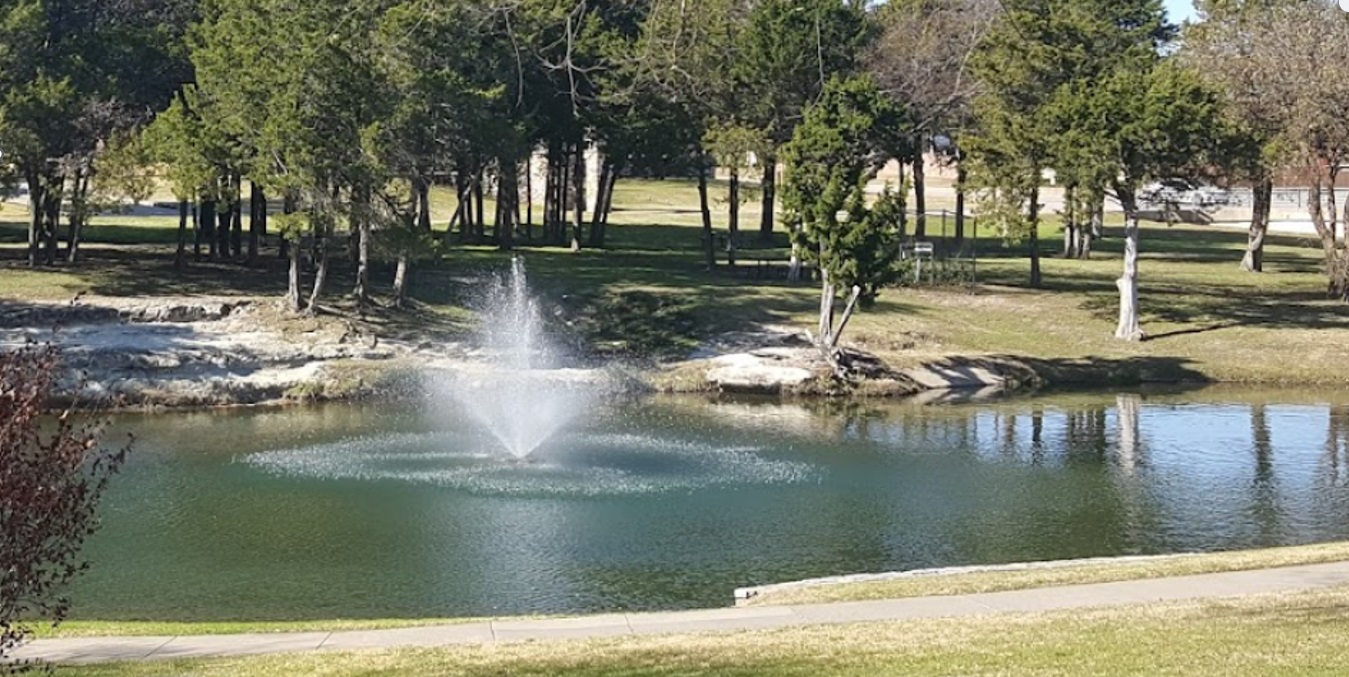Nationally Accredited Parks and Recreation Department Targets Park for Maintenance Dredging
With an abundance of parks and natural areas, the City of DeSoto’s #1 attraction is it Parks and Recreation Department. The department is recognized by the National Recreation and Park Association as one of an elite group of parks and recreation departments in the nation that meets a high standard of excellence in the management of department facilities, services, safety, and resources. The City of DeSoto is one of only 192 parks and recreation departments in the nation to be accredited through National Recreation and Park Association’s Commission for Accreditation of Parks and Recreation Agencies (CAPRA). With DeSoto’s unlimited list of facilities, community programs, and special events, it’s no wonder the department has received this incredible distinction. Visitors come from far and near to enjoy the many festivals, events, and celebrations hosted by the parks and recreation department.
The Parks and Recreation Department is made up of professionals who understand the impact of preserving and maintaining the natural spaces that are so important to the health and well-being of their community and the environment. Citizens and visitors of DeSoto enjoy the 75-acre Windmill Hill Nature Preserve, several trail systems, a BMX park, more than 10 urban parks, including Briarwood Park with fishing ponds.
Briarwood Park hosts a number of community events each year including an annual fishing tournament for kids aged 16 and under.

algae blooms and poor water quality at Briarwood Park

Over time the fishing ponds at Briarwood Park had accumulated a large sediment load, making the water more shallow and harder to manage algae and aquatic vegetation growth. Sediment from storm water run-off had settled throughout the ponds and created a couple of small islands that were noticeable above the water line. Not only does the increased sediment reduce water quality of the fish habitat, but it also reduces the water holding capacity of the pond which is important during rain events. The Briarwood Park ponds were created by the developer of the surrounding subdivision to serve as a stormwater catch basin. As part of a stormwater system, the ponds help mitigate flooding in the surrounding streets and neighborhoods by collecting runoff. With increased sediment loads, the ponds less habitat for aquatic animals and can no longer hold as much stormwater, thereby increasing the risk of nearby flooding.
DeSoto Parks and Recreation Department spearheaded a plan to restore the Briarwood Park ponds. Restoring the ponds would remove nutrient rich sediments that contribute to algal bloom, increase water depth and water holding capacity, and improve water quality and habitat.
Because of the limited size of the ponds, an amphibious hydraulic dredge was deployed to remove the accumulated silt and sediments. Using the hydraulic dredge, sediment is “suctioned” from the lake bottom. This mixture of sediment and water, called a slurry, is pumped through a temporary pipeline to an onshore dewatering tube. The tube is manufactured to filter the water from the slurry. The filtered water is returned to the lake, and the sediment remains in the tube until dried enough to be removed and repurposed in another location.
Hydraulic suction dredging enabled the ponds to be restored without draining the water or relocating the wildlife, including the resident flock of ducks.
Restored for recreation

by Tammy Perry
